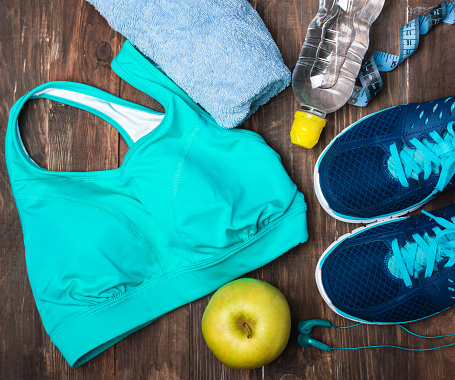No Daylight? No Problem! 5 Ways to Work In Your Workout
Article posted in: Fitness
We get it: Its chilly outside, it gets dark so much faster—and for many, that can make working out a little (or a lot) harder.
Part of the sluggishness has to do with how your body is wired: “Our brains are stimulated by light, which in turn wakes up our bodies,” says Lyssie Lakatos, nutrition expert and certified fitness trainer. More sunlight makes you alert; less daylight hours leave you more tired.
To help you push through, stay motivated and keep your fitness goals on track, try these expert-recommended tips to work in your workout with less daylight:
1. Schedule exercise appointments.
And treat them that way, like you would unmissable doctor appointments, says Lakatos. Plus, consistent exercise can help fight winter fatigue: Researchers at the University of Georgia found that sedentary, otherwise healthy adults who did 20 minutes of low-to-moderate aerobic exercise, three days a week for six weeks, reported feeling less tired and more energized.
2. Consider group exercise classes.
Particularly during winter months, exercising with other people is not only a bonding experience but can also boost your mood, says Lakatos. You can also try online live classes through websites and apps.
3. Maximize lunch breaks.
Take advantage of the time when the sun is at its peak to get in some exercise outdoors, suggests Lakatos: “Fresh air and exercise is invigorating, and vitamin D can help lift your mood.”
4. Sip on tea.
Not only can it help keep you hydrated, but tea naturally contains a little bit of caffeine to help perk you up. Choose green, black or oolong, suggests Lakatos. These teas contain theanine, an amino acid that helps calm your mind as well as boost alertness.
5. Set a spring goal.
Sign up for a 5K or charity walk in the early spring to help keep your workouts in track in the winter. Or, use mini-goals as motivation, suggests the Mayo Clinic, such as the number of minutes you walk in a week or how many workouts you fit into seven days—make them simple and realistic, but also specific and measurable, so you can track your progress and reward your results.









